Cause of death Execution Role Diplomat Name Adam Trott | Nationality German Parents August von Trott zu Solz | |
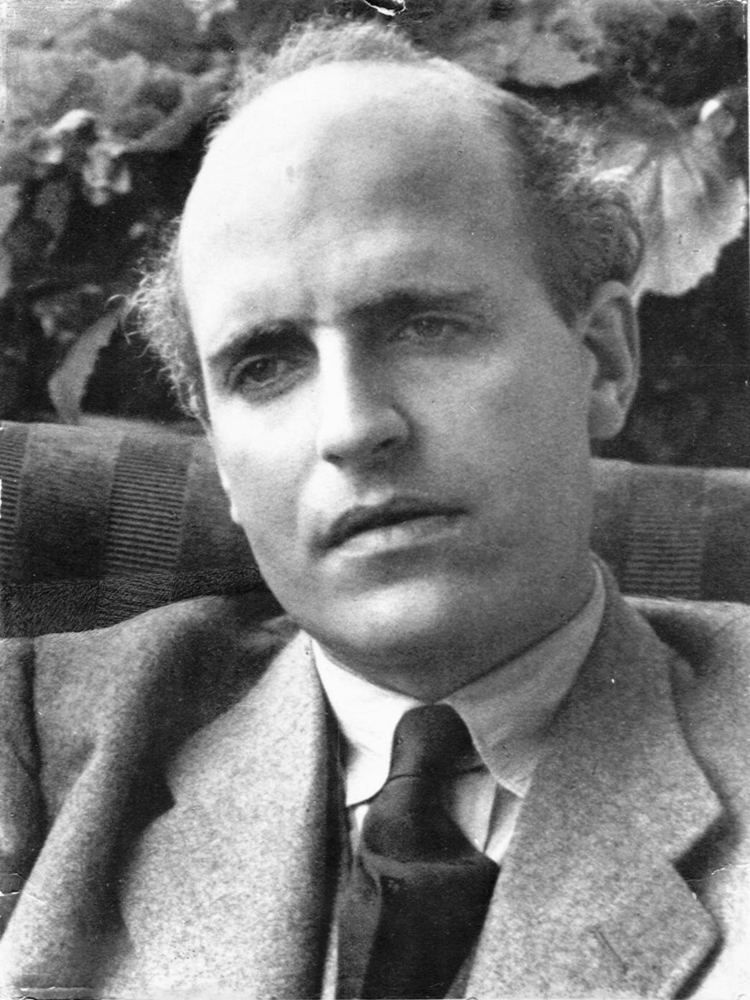 | ||
Spouse(s) Clarita Tiefenbacher (1940-1944 his death) Similar People John Jay, Heinrich von Kleist, William Jay, Peter A Jay | ||
adam von trott zu solz widerstandskampfer 1927 1928 theaterplatz 5 gottinger gedenktafel
Friedrich Adam von Trott zu Solz (9 August 1909 – 26 August 1944) was a German lawyer and diplomat who was involved in the conservative resistance to Nazism. A declared opponent of the Nazi regime from the beginning, he actively participated in the Kreisau Circle of Helmuth James Graf von Moltke and Peter Yorck von Wartenburg. Together with Claus von Stauffenberg he conspired in the 20 July plot, and was supposed to be appointed Secretary of State in the Foreign Office and lead negotiator with the western allies if they had succeeded.
Contents
- adam von trott zu solz widerstandskampfer 1927 1928 theaterplatz 5 gottinger gedenktafel
- Life
- Travels
- Foreign office
- 20 July 1944 plot
- Commemoration
- Clarita von Trott
- Quotes
- Works
- References
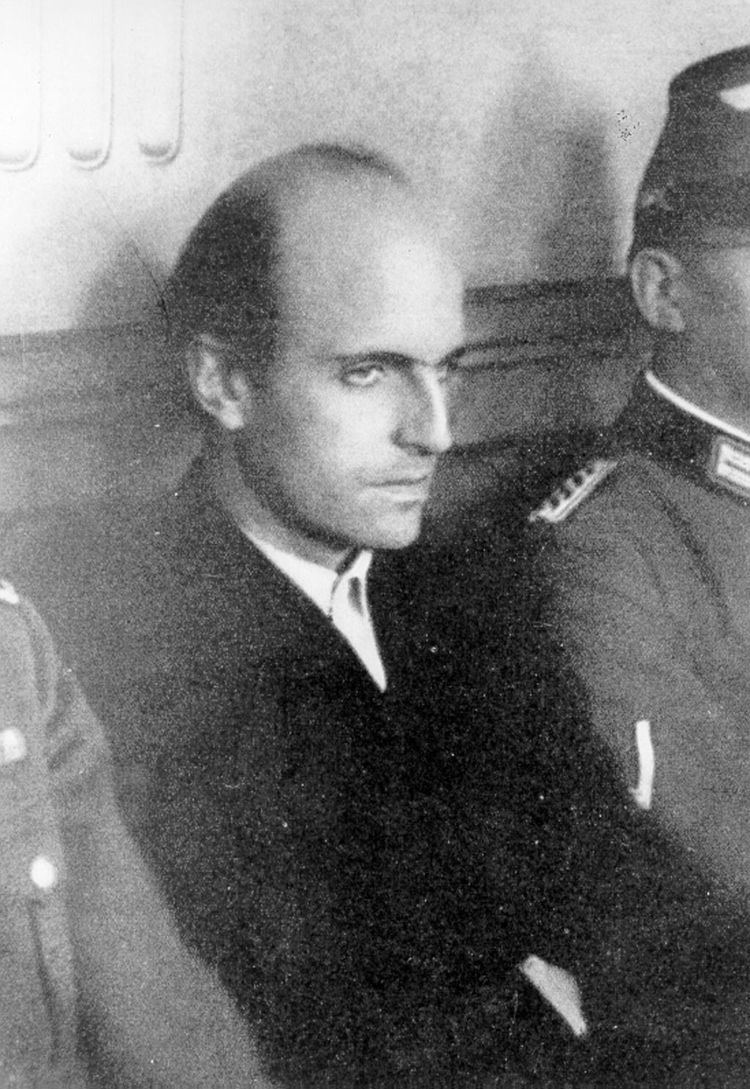
Life
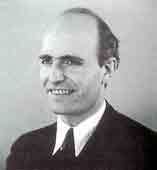
Adam von Trott was born in Potsdam, Brandenburg, into the Protestant Trott zu Solz dynasty, members of the Hessian Uradel nobility. He was the fifth child of the Prussian Culture Minister August von Trott zu Solz (1855–1938) and Emilie Eleonore (1875–1948), née von Schweinitz, whose father served as German ambassador in Vienna and Saint Petersburg. By her mother Anna Jay, Emilie Eleonore was a great-great granddaughter of John Jay, one of the Founding Fathers of the United States and the first Chief Justice.
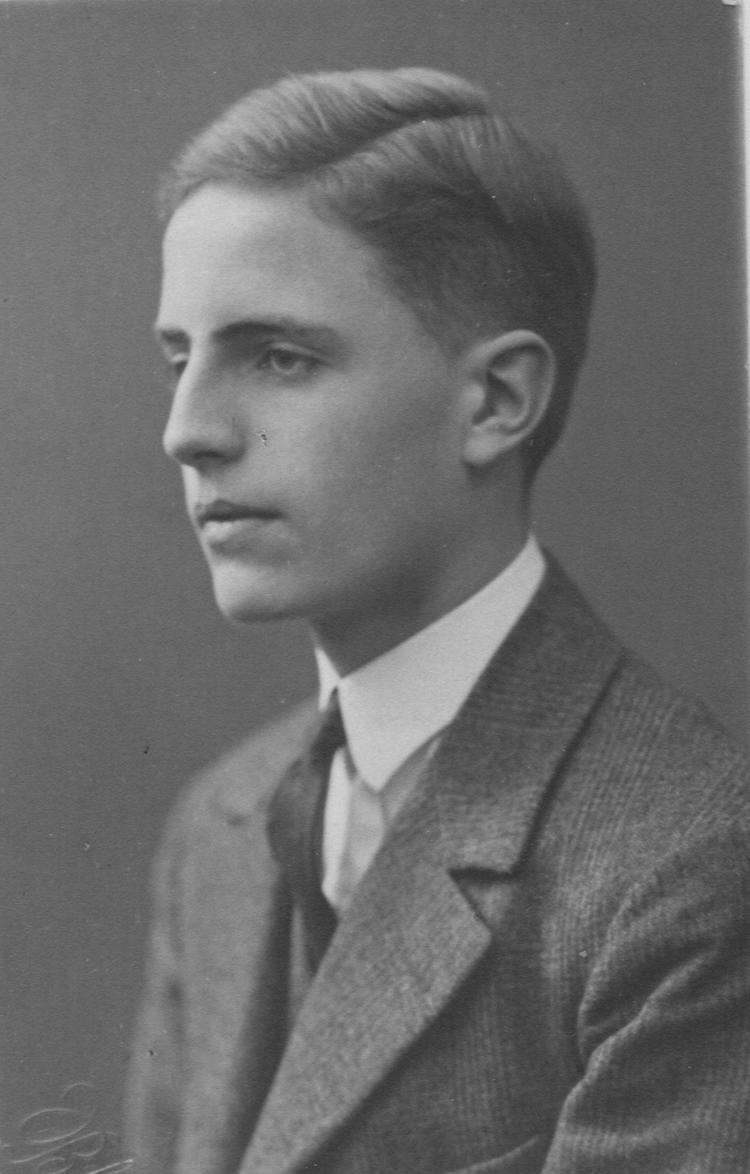
Adam von Trott zu Solz was first raised in Berlin and from 1915 was sent to the Französisches Gymnasium preschool. When his father resigned from office in 1917, the family moved to Kassel where von Trott attended the Friedrichsgymnasium. From 1922 he lived in Hann. Münden and temporarily joined the German Youth Movement. He obtained his Abitur degree in 1927 and went on to study law at the universities of Munich and Göttingen.
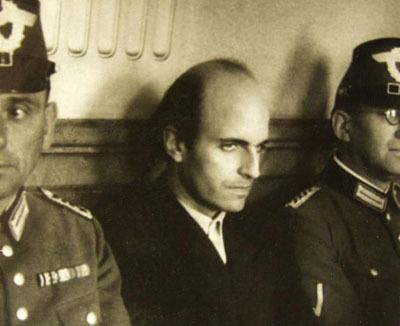
Von Trott developed a strong interest in international politics during a stay in Geneva, seat of the League of Nations, for several weeks in Autumn 1928. He spent Hilary term of 1929 in Oxford studying theology at Mansfield College, Oxford, when he became friends with the historian A. L. Rowse, and returned to the UK in 1931 on a Rhodes Scholarship to study at Balliol College, Oxford where he became a close friend of David Astor and an acquaintance of the eminent philosopher R. G. Collingwood. Following his studies at Oxford, he spent six months in the United States.
Travels
In 1937, Trott was posted to China. He took advantage of his travels to try to raise support outside Germany for the internal resistance against the Nazis. In 1939, he lobbied Lord Lothian and Lord Halifax to pressure the British government to abandon its policy of appeasement towards Adolf Hitler, visiting London three times. He also visited Washington, D.C. in October of that year in an unsuccessful attempt to obtain American support. He met with Roger Baldwin, Edward C. Carter, William J. Donovan, and Felix Morley of the Washington Post.
Foreign office
Friends warned Trott not to return to Germany but his conviction that he had to do something to stop the madness of Hitler and his henchmen led him to return. Once there, in 1940 Trott joined the Nazi Party in order to access party information and monitor its planning. At the same time, he served as a foreign policy advisor to the clandestine group of intellectuals planning the overthrow of the Nazi regime known as the Kreisau Circle.
In late spring 1941, Wilhelm Keppler, under-Secretary of State at the German Foreign Office, was appointed director of Special Bureau for India (Sonderreferat Indien) created in the Information Ministry to aid, and liaise with, Indian nationalist Subhas Chandra Bose, former president of the Indian National Congress, who had arrived in Berlin in early April 1941. The day-to-day work with Bose became the responsibility of Trott. Trott used the cover of the Special Bureau for his anti-Nazi activities, traveling to Scandinavia, Switzerland, and Turkey, and in addition, all of Nazi-occupied Europe to seek out German military officers opposing Nazism. Bose and Trott, however, did not become close, and Bose most likely did not know about Trott's anti-Nazi work. According to historian Leonard A. Gordon, there were also tensions between Trott and Bose's wife, Emilie Schenkl, each disliking the other intensely.
20 July 1944 plot
Trott was one of the leaders of Colonel Claus von Stauffenberg's plot of 20 July 1944 to assassinate Hitler. He was arrested within days, placed on trial and found guilty. Sentenced to death on 15 August 1944 by the Volksgerichtshof (People's Court), he was hanged in Berlin's Plötzensee Prison on 26 August.
Commemoration
Trott is one of five Germans who are commemorated on the World War II memorial stone at Balliol College, Oxford. His name is also recorded among the Rhodes Scholars war dead in the Rotunda of Rhodes House, Oxford.
In July 1998, the British magazine Prospect published an edited version of the lecture given by the German historian Joachim Fest at the inauguration of the Adam von Trott Meeting Room at Balliol College, Oxford. Fest said:
Few witnesses have spoken up for the resistance and few sentences have survived to describe the debates of the "Kreisauer Kreis," the urgent pleas of Stauffenberg and Tresckow, the thoughts of Haefte, Moltke, York and Leber. Trott's final memorandum - he said he had put his heart into it - has also been lost. Even the minutes of the hearings in the People's Court, where the conspirators were able to proclaim the principles which had governed their actions for the last time, have only survived as fragments: some were manipulated by the censor.
This silence from the original sources has prolonged the isolation which surrounded the resistance from its beginnings. In fact, it has contributed to what might be called its second defeat. Commemorating the name of Adam von Trott in a meeting room at Balliol College is thus an act of justice.
The Adam von Trott Memorial Appeal at Mansfield College runs annual lectures on themes relevant to his life and work, and funds scholarships for young Germans to read for a master's degree in politics at the college.
Clarita von Trott
Adam von Trott married Clarita Tiefenbacher in June 1940. He was survived by her, who was jailed for some months, and by their two daughters, who were taken from their grandmother's house by the Gestapo and given to Nazi Party families for adoption. Their mother recovered them in 1945. Clarita von Trott died in Berlin, at the age of 95, on 28 March 2013.
Quotes
Works
Adam von Trott was the author of:
